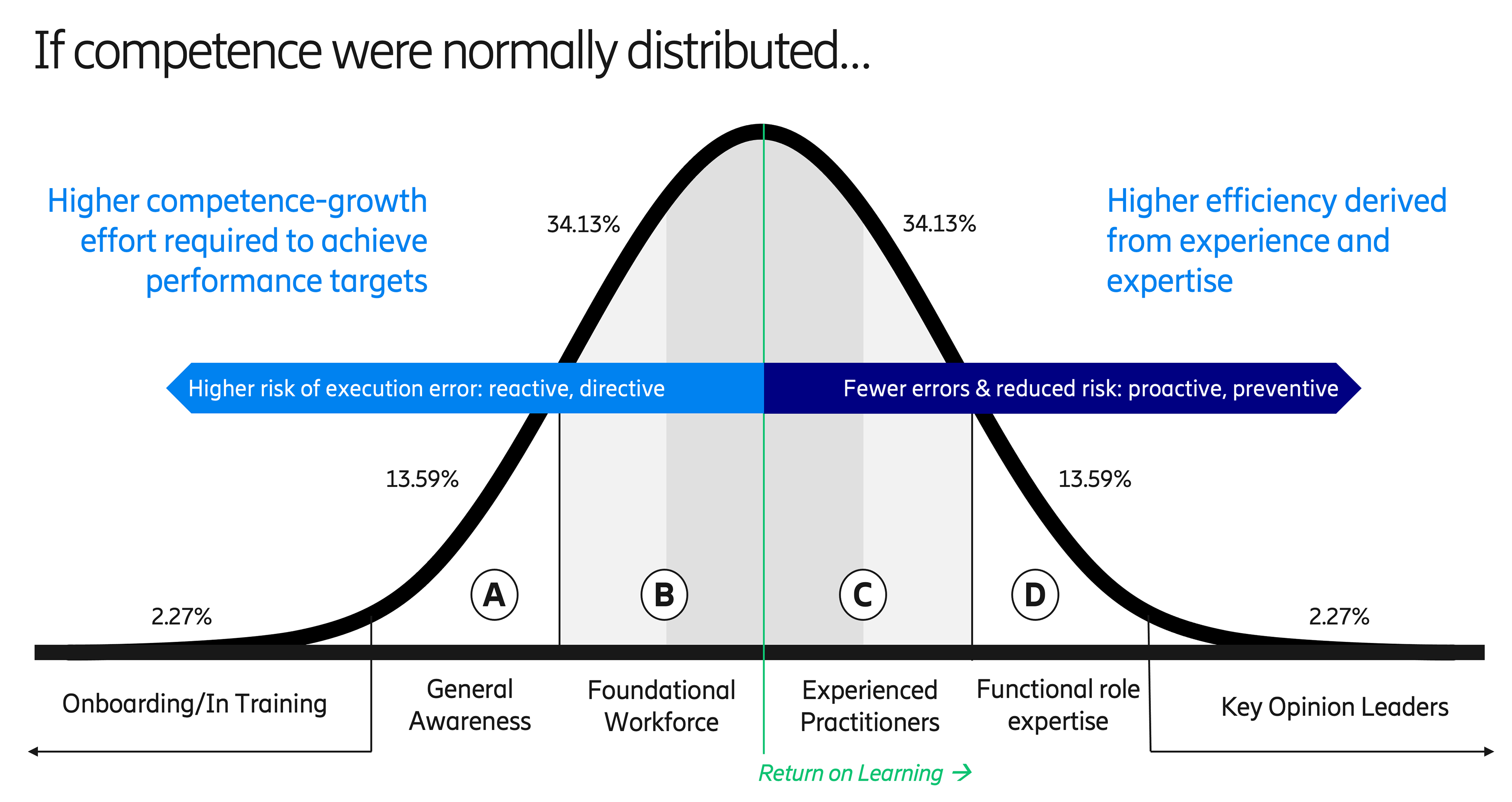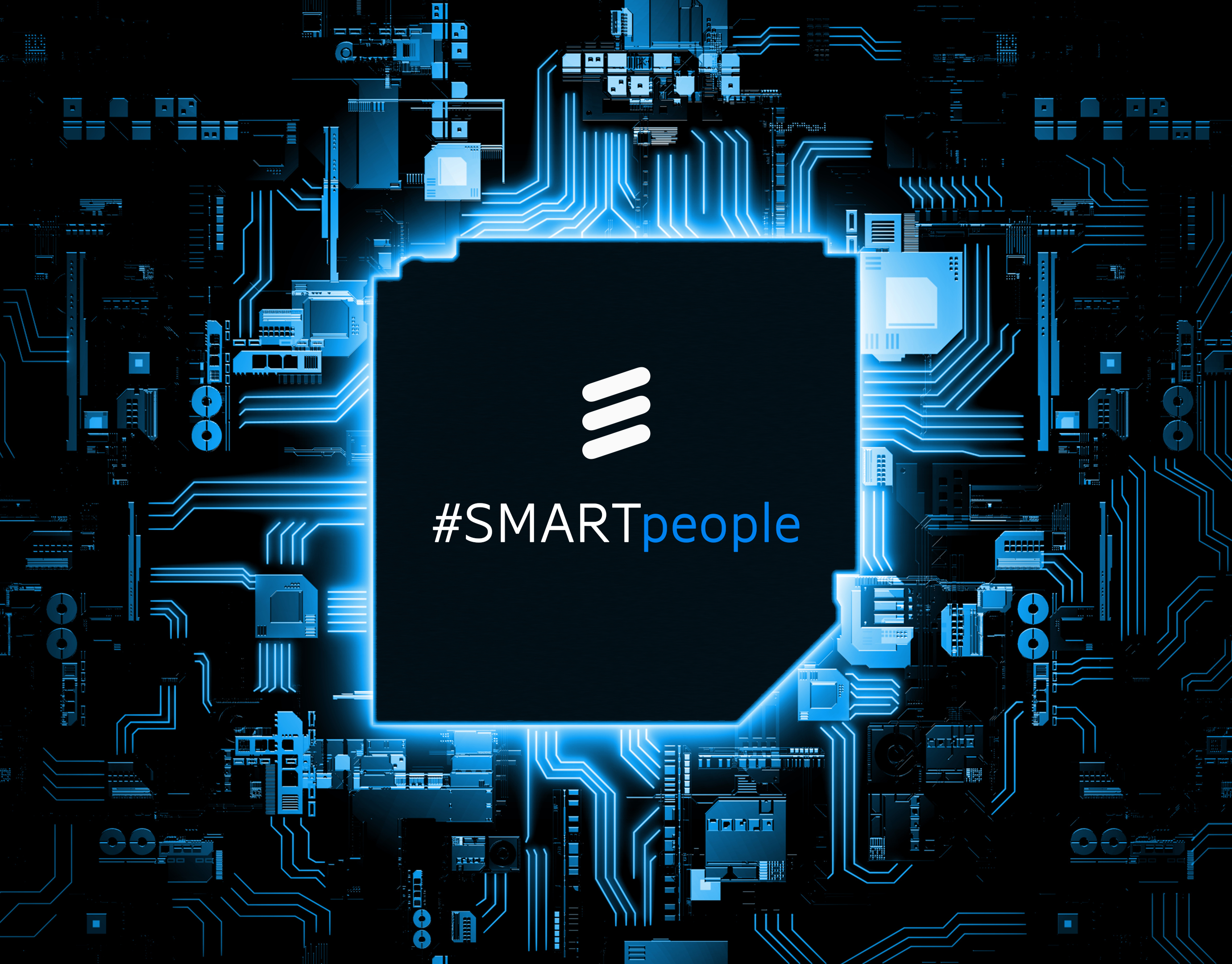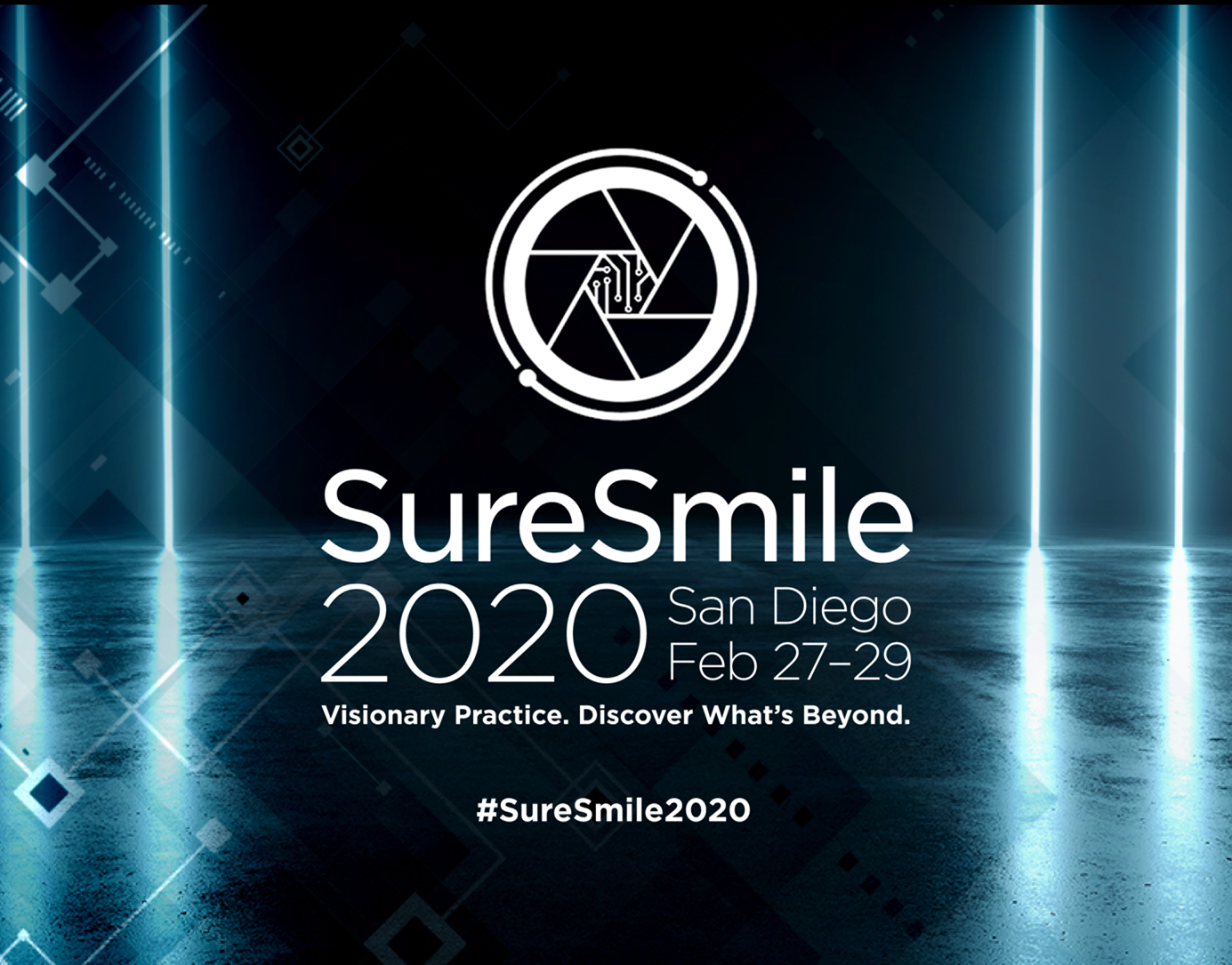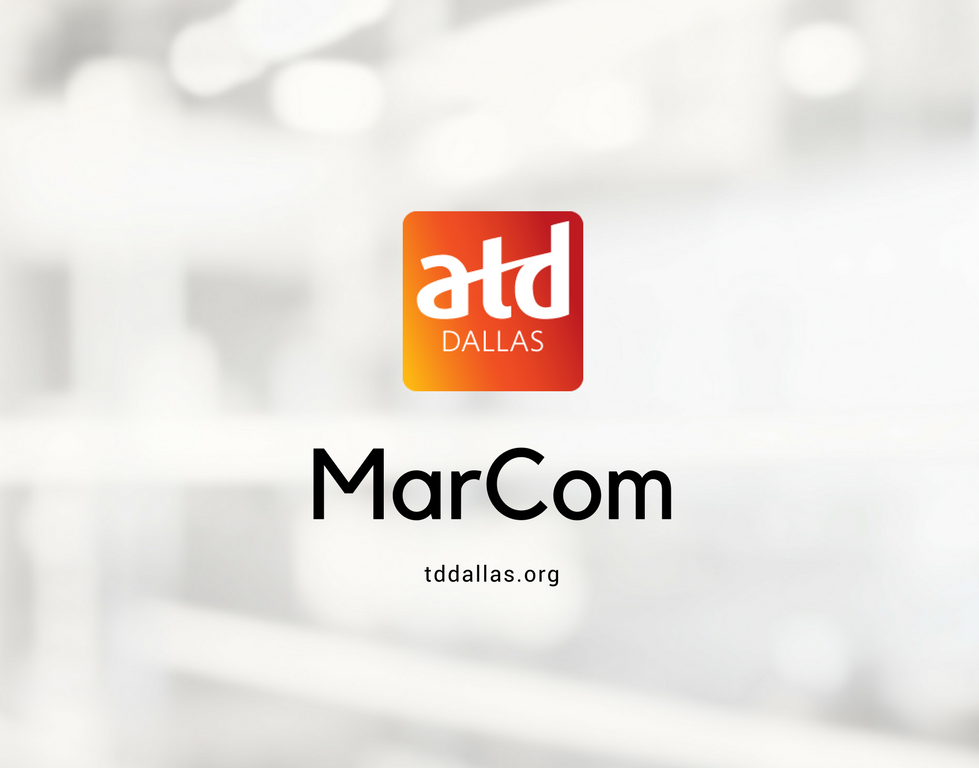
People define performance potential.
Savvy leaders know that their talent is the engine of innovation and excellence. This is why more and more organizations are investing in upskilling and L&D programs. In this modern VUCA world, attracting, onboarding, training, developing and retaining top talent seems more challenging than ever. And yet, the recipe for scalable, sustainable people operations is a fairly predictable one, given how much research has been done in behavioral economics and the brain sciences. The problem is, few organizations leverage that science, defaulting to traditional approaches to competence and compliance. There's a better way.
After having built multiple high-performing ISO-compliant talent/learning programs for early stage startups that needed to rapidly scale headcount, this strategic approach to people operations seems to scale well across all stages of business maturity. It works as well for global enterprise-level operations as small businesses. The linchpin of success, though, remains the same: it only works if leadership commits to investing in the value of their talent as central driver of the organization's profitability, predictability, and performance.
It is essential that there is a core knowledge base from which to work if talent is going to be developed and upskilled. To build that knowledge base, at least one SME is required as the source author qualified to define both processes and ways of working. SMEs serve as initial instructors and coach/mentor to new hires.
With a defined knowledge base and qualified SME, skill profiles can be defined for each position/role, as well as the level of competence required at stage of career progression. Skill profiles will likely vary by technical acumen required in each job role's fit for purpose, while company core competences will likely exist across all personnel.
With a common framework that defines skill level across an entire career journey, functionally applicable to any job role and/or job stage, a simple evaluative instrument becomes possible for assessing strengths/gaps.
This common framework, when paired with the Situational Leadership (SLII) model, enables leaders to evaluate readiness and target training efforts where they are most needed for each defined skill domain.
All functional areas can leverage the same framework for broader analysis of skills across an organization by looking at team, department & individual averages, as well as goal setting for competence growth over time.
The framework should also be paired to the kind of learning best suited for individuals at each level. Skill acquisition and knowledge retention varies by experience level, and thus the type of learning best fit for upskilling should reflect that level of competence for greatest impact. As with any good experience design, engagement and usability (viability of learning solutions) need to meet the target audience where they are for easy entry.
Skill ratings can also be used to inform upward mobility by setting technical/job specific competence ratings over power skills (social/behavioral) to identify opportunities for coaching and readiness for more challenging work.
To achieve these ends, organizations can follow a 5-step process to define skill profiles for each job role, create a scorecard, conduct self/SME assessments bi-annually, and either develop or source targeted training for upskilling.
From there, it is simply iterating and evolving the learning ecosystem to meet the ever changing needs of a dynamic workforce. This can be done in an agile way with the right tech stack in the L&D toolbox and in-house SMEs willing to pass their wisdom and experience on to successive generations, thereby building an evergreen knowledge base from the inside out. Likewise, this approach naturally lends itself to a shift from hierarchy to ecosystem by looking at talent development and competence as a long, ongoing epistemological conversation.





